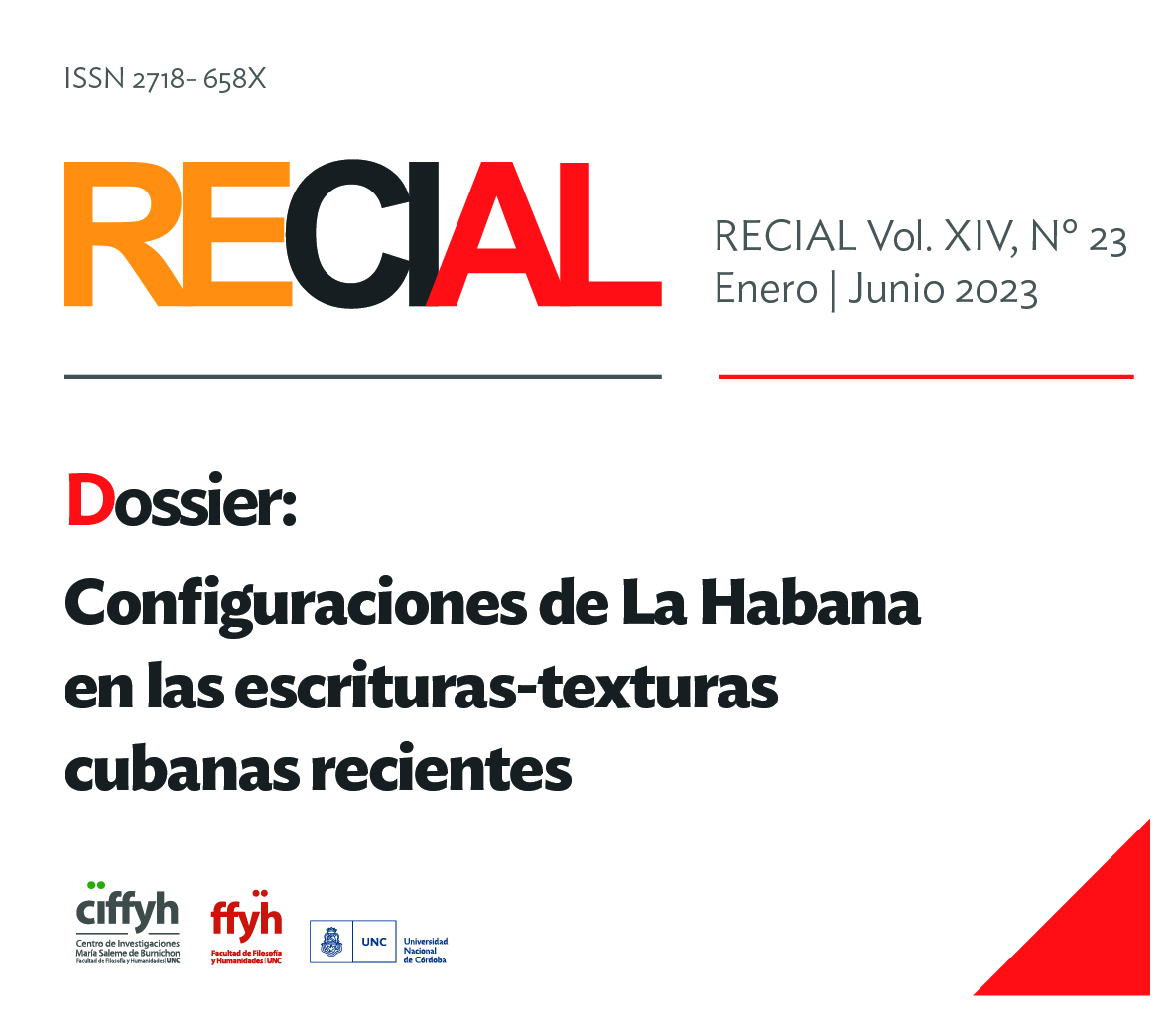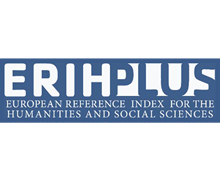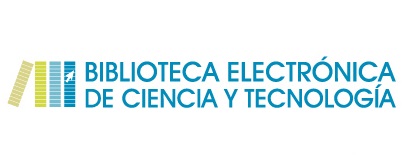A tour of the denied city: digital magazines and new subjects in Havana at the beginning of the new century
DOI:
https://doi.org/10.53971/2718.658x.v14.n23.41364Keywords:
Cuba, digital magazines, XXI century, new political subjectsAbstract
Starting from the painting Ciudad negada (2016), by the plastic artist René Francisco Rodríguez, this work proposes an analysis of two digital magazines published in Havana during the first decade of the new century: Cacharro(s) (2003-2005) and 33 and 1/3 (2005-2009). The article examines the ways in which these e-zines, precursors in the field of virtual literary magazines, disrupted the conditions or rules of appearance of the subjects (Rancière, 1996, p.45), making room for the parts denied or without -Part in public life. Likewise, the analysis focuses on the strategy of “lightening” the weight of the national identity and tradition that these magazines carry out to make the figures of the common more complex, strategies that distinguish them from their predecessors on paper.
Downloads
References
Arenas, R.(2017). Antes que anochezca: autobiografía. Barcelona: Tusquets.
Benjamin, W. (2012). El París de Baudelaire. Buenos Aires. Eterna Cadencia.
Castro, F. (2013). Palabras a los intelectuales. La Habana: Editorial Pueblo y Educación.
Constitución de la República de Cuba. (2019). Recuperado de http://media.cubadebate.cu/wp-content/uploads/2019/01/Constitucion-Cuba-2019.pdf
Dorta, W. (14 de marzo de 2015). Conversa en Benefit Street. (Literatura cubana reciente). Entrevista con Jorge Enrique Lage, Orlando Luis Pardo Lazo, Ahmel Echevarría, Lizabel Mónica y Osdany Morales. Recuperado de https://diariodecuba.com/cultura/1426285786_13395.html
Fornet, J. (2003). La narrativa cubana: entre la utopía y el desencanto. Hispamérica, 95, 3-20.
García Vega, L. (1993). Espacios para lo huyuyo. Coral Gables: La Torre de Papel.
Kumaraswami, P. (2016). The social life of literature in Revolutionary Cuba: narrative, identity, and well-being. New York: Palgrave Macmillan.
Morejón Arnaíz, I. (2015). “Pater familias por una literatura menor: la poética conceptual del grupo Diáspora(s)”. Revista Brasileira do Caribe, 16 (30), 195-205.
Pardo Lazo, O.L. (29 de julio de 2013). Prólogo a Generación Cero: nuevarrativa en la literatura cubana e-mergente. Recuperado de http://huronazul.es/2015/01/16/generacion-cero-nuevarrativa-en-la-literatura-cubana-e-mergente/
Piñera, V. (2013). “La gran puta”. En J. Cabezas Miranda (Ed.), Revista Diáspora(s). Edición facsímil (1997-2002) (pp. 627-629). Barcelona: Linkgua.
Rancière, J. (1996). El desacuerdo. Política y filosofía. Buenos Aires: Nueva Visión.
Rojas, R. (1996). La relectura de la nación. Acercamiento al nuevo ensayo cubano. Encuentro, 1, 1996, 42-51.
Rojas, R. (2013). La prole de Virgilio. En R. Rojas, La vanguardia peregrina (pp.124-145). México: F.C.E..
Silva, G. (2018). La política visual y editorial de la Revista Diáspora (s) a través de sus cubiertas y manifiestos. Ístmica. Revista de la Facultad de filosofía y letras, 22, 11-28.
Timmer, N. La Habana virtual: Internet y la transformación espacial de la ciudad letrada. En N. Timmer et al. Ciudad y escritura: imaginario de la ciudad latinoamericana a las puertas del siglo XXI (289-306). Leiden: Leiden University Press.
Viera, K. (3 de enero de 2022). Talleres literarios en Cuba: los espacios de JAAD. https://www.hypermediamagazine.com/entrevistas/jaad-entrevista-escritor-literatura
Published
How to Cite
Issue
Section
License

This work is licensed under a Creative Commons Attribution-NonCommercial-ShareAlike 4.0 International License.
Aquellos/as autores/as que tengan publicaciones en esta revista, aceptan los términos siguientes:
- Los/as autores/as conservarán sus derechos de autor y garantizarán a la revista el derecho de primera publicación de su obra, el cuál estará simultáneamente sujeto a la Licencia de reconocimiento de Creative Commons que permite a terceros compartir la obra siempre que se indique su autor y su primera publicación esta revista.
- Los/as autores/as podrán adoptar otros acuerdos de licencia no exclusiva de distribución de la versión de la obra publicada (p. ej.: depositarla en un archivo telemático institucional o publicarla en un volumen monográfico) siempre que se indique la publicación inicial en esta revista.
- Se permite y recomienda a los/as autores/as difundir su obra a través de Internet (p. ej.: en archivos telemáticos institucionales o en su página web), luego de su publicación en la revista. (Véase El efecto del acceso abierto).























